The Barn Cat That Started It All
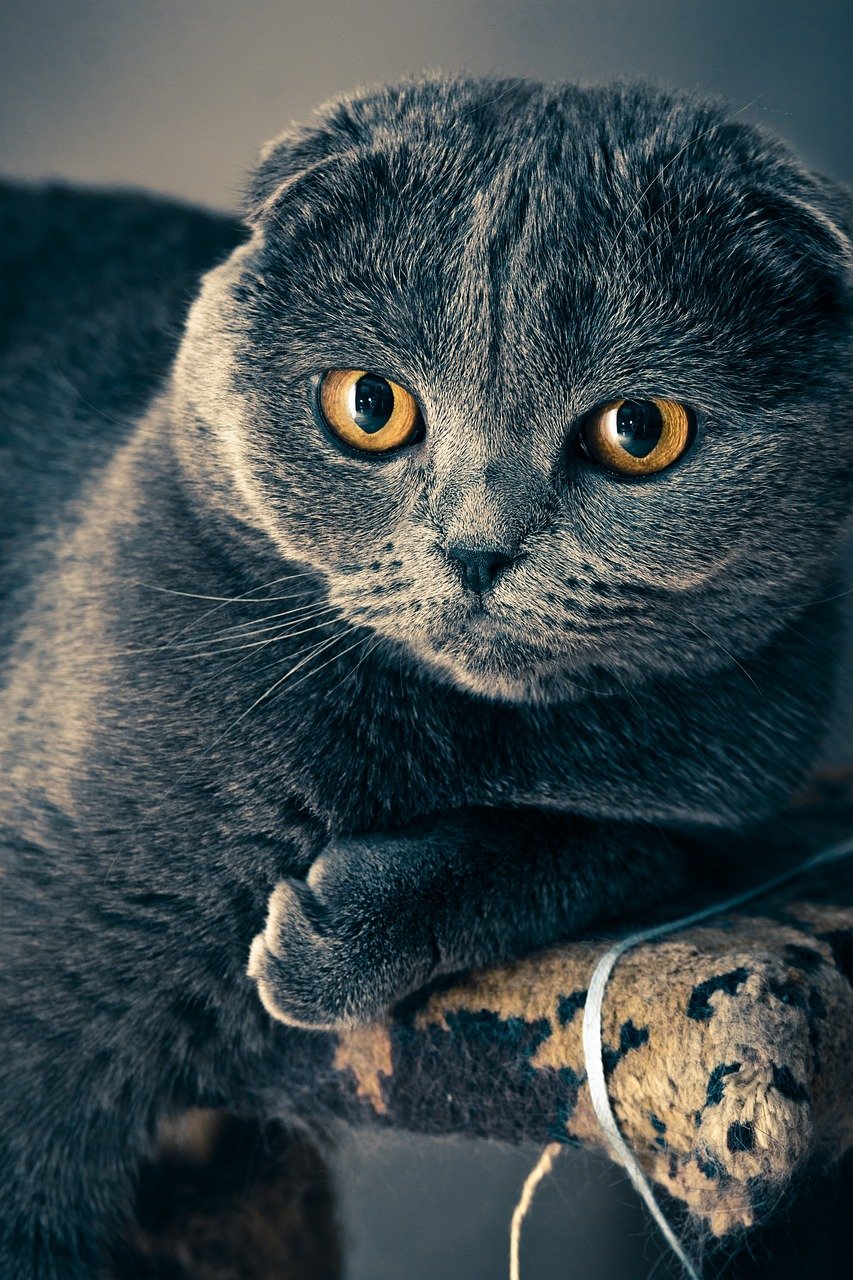
In 1961, a Scottish farmer named William Ross spotted something unusual in his neighbor’s barn. A white barn cat named Susie had ears that folded forward, giving her an almost owl-like appearance. This wasn’t just a cute quirk—it was a genetic mutation that would soon captivate cat lovers worldwide.
Ross was so taken by Susie’s unique look that he asked to have one of her kittens. That kitten, named Snooks, became the foundation of the Scottish Fold breed. What started as a chance encounter in rural Scotland would eventually spread across continents, creating one of the most recognizable cat breeds today.
The Science Behind Those Adorable Ears

The folded ears that make Scottish Folds so distinctive stem from a dominant gene mutation affecting cartilage development. This genetic quirk causes the ear cartilage to fold, creating that signature look that melts hearts everywhere. However, this same gene affects cartilage throughout the body, not just in the ears.
Interestingly, not all Scottish Fold kittens are born with folded ears. Some have straight ears and are called “Straights.” These cats carry the fold gene but don’t express the visible trait. The fold typically becomes apparent when kittens are around three weeks old, making it an exciting waiting game for breeders and owners alike.
From Scotland to Social Media Stardom

The breed’s journey from Scottish barns to global fame reads like a modern fairy tale. By the 1970s, Scottish Folds had crossed the Atlantic and were winning hearts in America. Their sweet expressions and calm temperaments made them perfect companions for families and apartment dwellers.
The internet age supercharged their popularity. Social media platforms became flooded with Scottish Fold photos, their round faces and folded ears creating an almost cartoon-like appeal. Celebrities began adopting them, and soon Scottish Folds were appearing in advertisements and pop culture references around the world.
The Owl-Like Expression That Captures Hearts
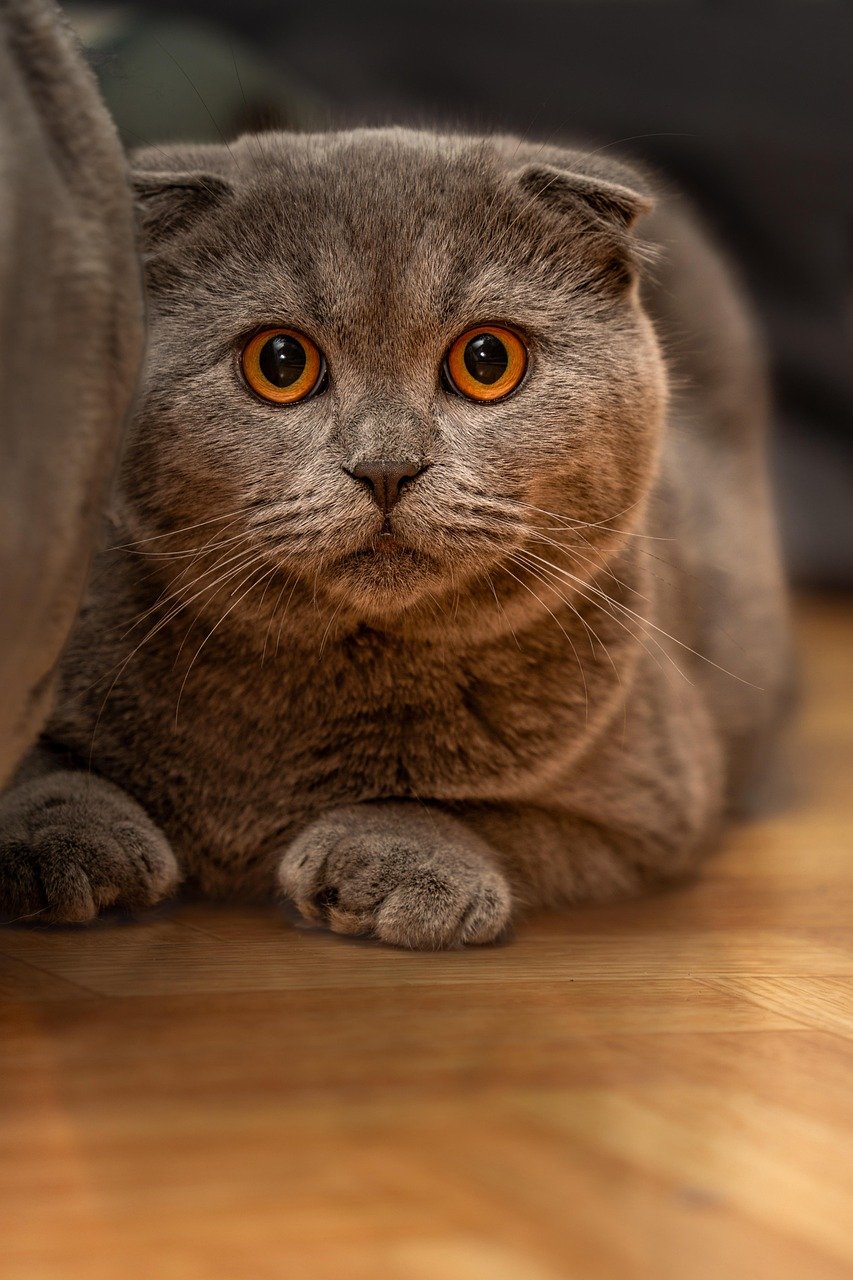
What makes Scottish Folds so irresistible is their perpetually surprised expression. The combination of folded ears, large round eyes, and a rounded face creates an almost human-like quality that triggers our nurturing instincts. Their eyes seem to hold a gentle wisdom, as if they’re always listening intently to their human companions.
This unique appearance has earned them nicknames like “owl cats” and “teddy bear cats.” Their facial structure is so distinctive that even non-cat people can usually identify a Scottish Fold at first glance. It’s this immediate recognition factor that has helped cement their place in popular culture.
Personality Traits That Match Their Sweet Looks
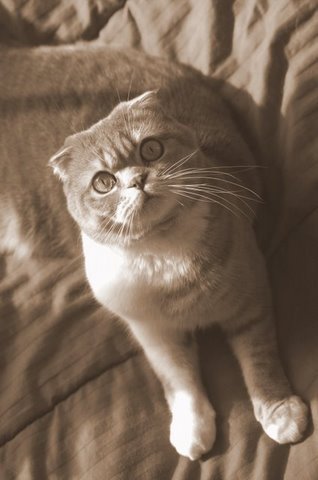
Scottish Folds aren’t just pretty faces—their personalities are equally endearing. They’re known for being incredibly gentle and adaptable, making them excellent family pets. Unlike some cat breeds that can be aloof or demanding, Scottish Folds tend to be easygoing and affectionate without being clingy.
These cats are often described as “dog-like” in their behavior. They frequently follow their owners around the house, enjoy being part of family activities, and are generally more social than many other breeds. Their calm demeanor makes them particularly good with children and other pets.
The Sitting Buddha Phenomenon
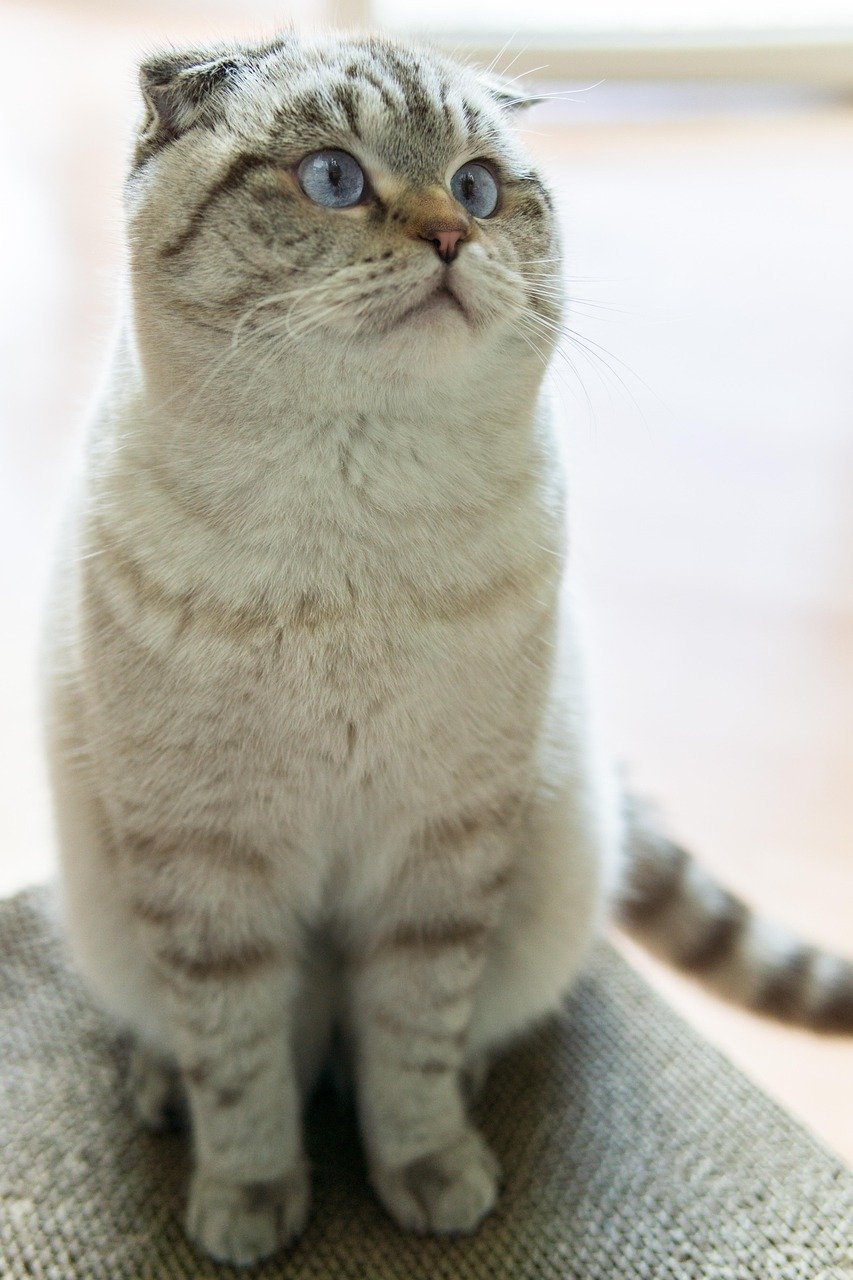
One of the most charming traits of Scottish Folds is their tendency to sit in unusual positions. They often sit upright like little Buddhas, with their back legs stretched out in front of them. This position, sometimes called the “Buddha sit,” has become another trademark of the breed.
Some Scottish Folds also sleep on their backs, looking completely relaxed and trusting. These endearing sleeping and sitting positions have generated countless viral photos and videos, further cementing their status as internet darlings. Their flexibility and comfort in various positions often amazes new owners.
Color Variations and Coat Patterns

While the folded ears get all the attention, Scottish Folds come in an impressive array of colors and patterns. From classic tabbies to solid colors, bi-colors, and even pointed patterns, there’s a Scottish Fold to suit every aesthetic preference. Their coats can be both short and long-haired, adding another layer of variety to the breed.
The original Susie was white, but breeding programs have introduced virtually every color found in domestic cats. Silver tabbies, cream colors, and tortoiseshells are particularly popular. The longhaired variety, sometimes called Highland Folds, adds an extra dimension of fluffiness that many find irresistible.
Celebrity Endorsements and Pop Culture Impact
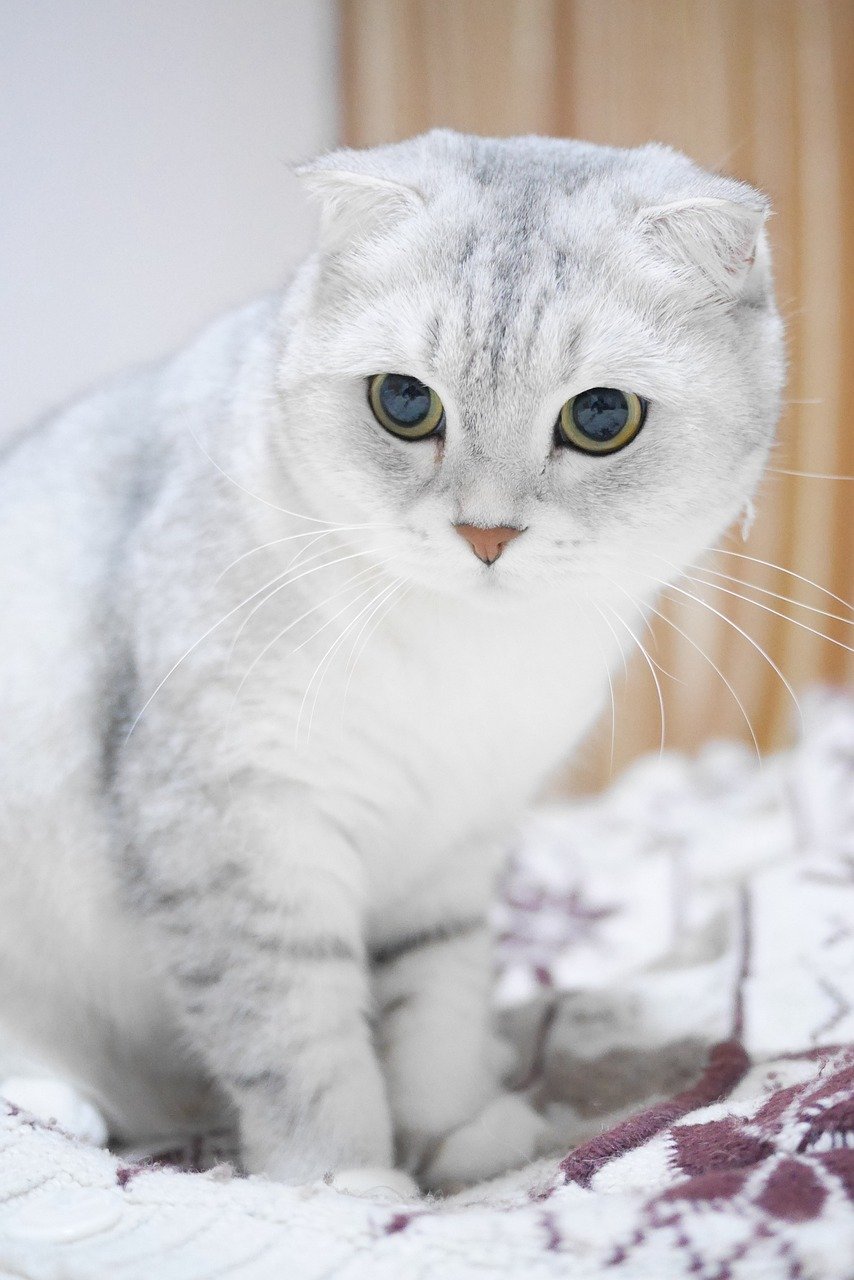
Scottish Folds have found their way into the homes of numerous celebrities, further boosting their popularity. Taylor Swift’s Scottish Fold cats, Meredith Grey and Olivia Benson, have their own social media followings and have appeared in music videos and commercials. Their celebrity status has introduced the breed to millions of fans worldwide.
The breed has also appeared in movies, TV shows, and advertising campaigns. Their photogenic qualities and gentle nature make them ideal for media appearances. This pop culture presence has created a feedback loop, with more people seeking out Scottish Folds as pets after seeing them in entertainment media.
The Controversial Side of Cuteness
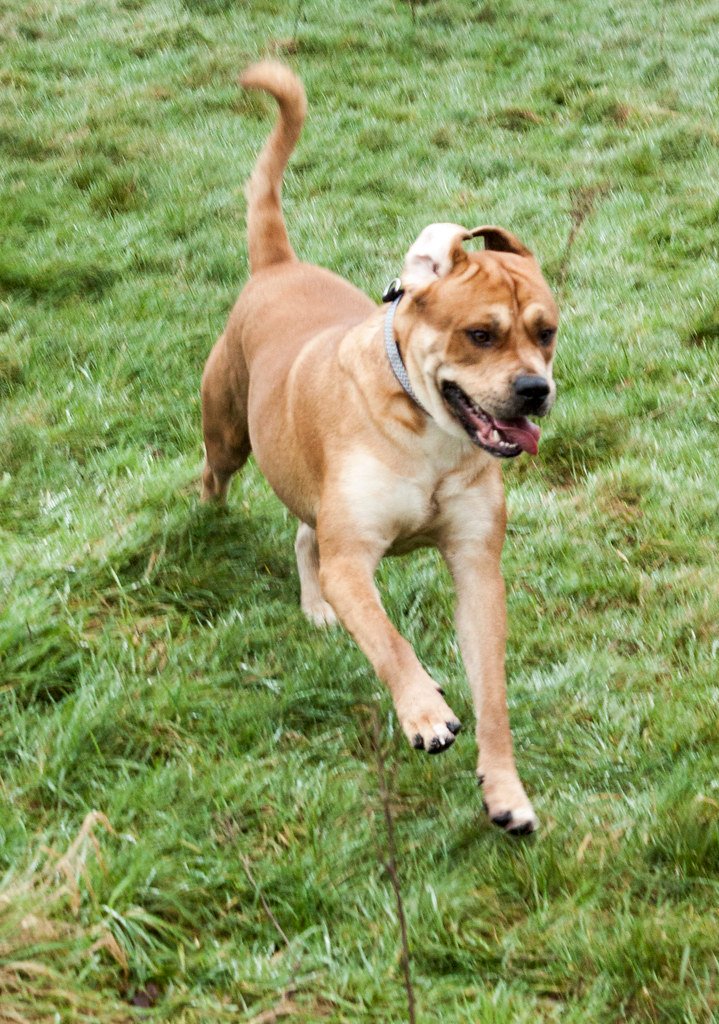
Despite their popularity, Scottish Folds face significant controversy in the cat breeding world. The same gene that creates their adorable folded ears can also cause serious health problems, including painful arthritis and cartilage abnormalities. This has led to ethical debates about breeding practices and the welfare of these cats.
Several countries, including Scotland itself, have implemented restrictions or bans on Scottish Fold breeding due to welfare concerns. The breed’s governing bodies continue to work on breeding guidelines aimed at reducing health issues while preserving the breed’s distinctive characteristics. This ongoing controversy adds a complex layer to the breed’s popularity.
Health Considerations and Responsible Ownership

Potential Scottish Fold owners need to be aware of the breed’s health predispositions. The cartilage abnormalities that create the folded ears can also affect joints throughout the body, potentially leading to mobility issues and chronic pain. Regular veterinary check-ups and early intervention are crucial for maintaining quality of life.
Responsible breeders are working to minimize these health issues through careful breeding practices, including outcrossing with other breeds. Some focus on breeding folded-ear cats only with straight-ear cats to reduce the severity of cartilage problems. Education about these health concerns is essential for anyone considering bringing a Scottish Fold into their home.
The Global Breeding Community

The Scottish Fold breeding community spans the globe, with dedicated enthusiasts working to preserve and improve the breed. Breed registries in different countries have varying standards and approaches to addressing health concerns. Some focus on temperament and appearance, while others prioritize health testing and genetic diversity.
International cat shows feature Scottish Folds as crowd favorites, despite the controversies surrounding the breed. Breeders share knowledge and best practices through online forums and breed associations. This global community continues to shape the future of Scottish Folds, balancing popularity with welfare concerns.
Living with a Scottish Fold
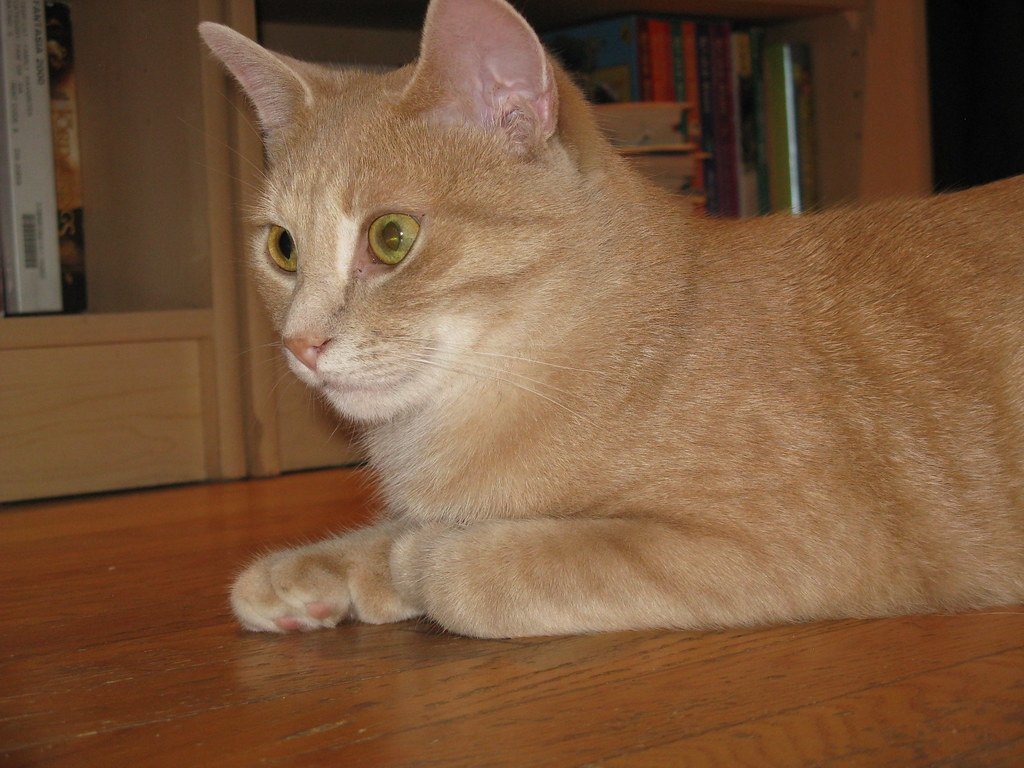
Scottish Fold owners often describe their cats as perfect companions. Their gentle nature, combined with their striking appearance, creates a unique bond with their human families. They’re typically indoor cats who enjoy comfortable, quiet environments where they can observe their surroundings from cozy spots.
These cats are known for their soft voices and tend to communicate through gentle chirps and purrs rather than loud meowing. They’re adaptable to various living situations, from apartments to large homes, as long as they receive adequate attention and care. Their low-maintenance personalities make them suitable for both first-time cat owners and experienced enthusiasts.
The Future of the Breed
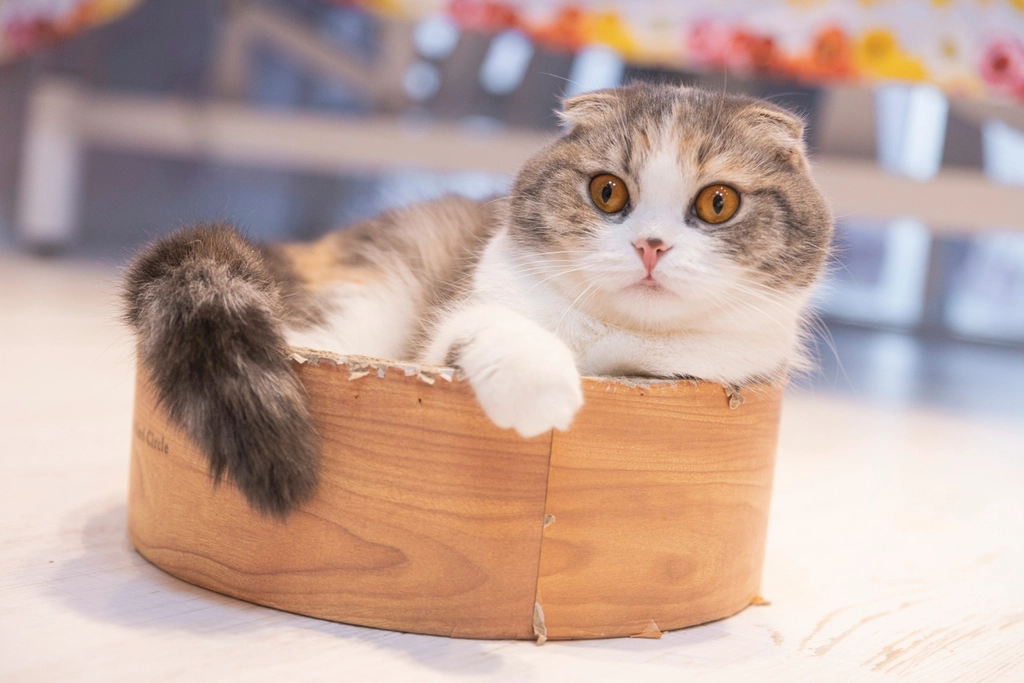
The future of Scottish Folds remains uncertain as the cat fancy grapples with balancing popularity and welfare. Some breeders are working on developing healthier lines, while others advocate for focusing on the straight-ear variants that carry fewer health risks. Genetic research continues to explore ways to preserve the breed’s appealing characteristics while minimizing health problems.
Consumer education plays a crucial role in the breed’s future. As more people become aware of the health issues associated with Scottish Folds, demand may shift toward more ethical breeding practices. The breed’s future will likely depend on the cat fancy’s ability to address these concerns while preserving what makes Scottish Folds special.
Beyond the Fold: What Makes Them Special
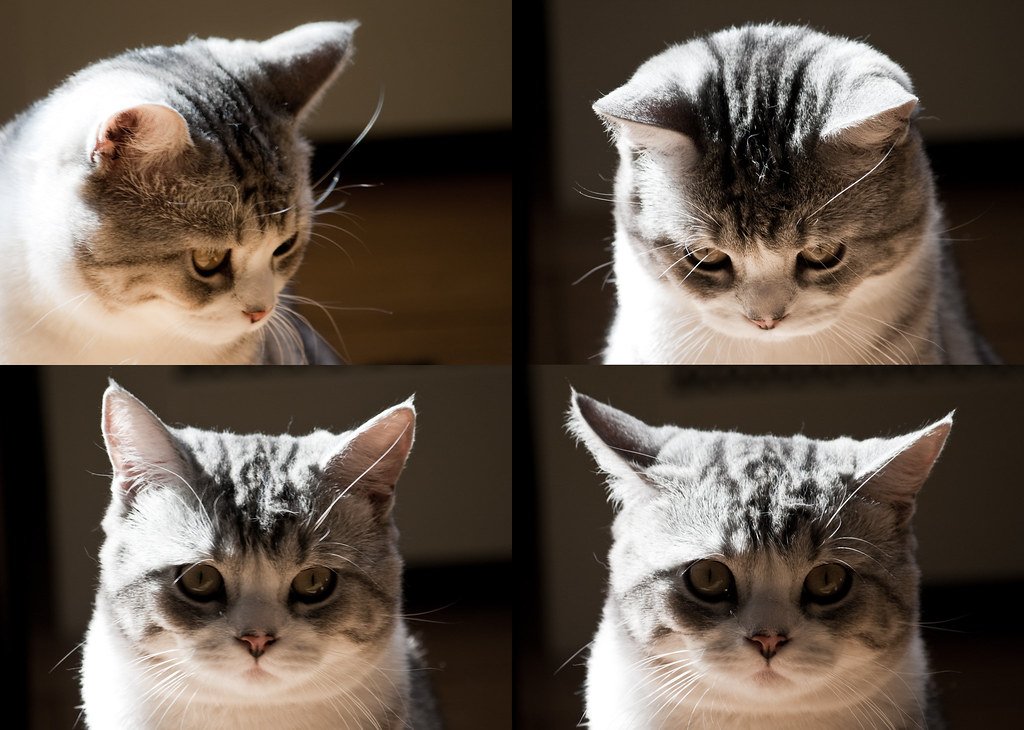
While the folded ears are undeniably the Scottish Fold’s most famous feature, these cats offer so much more than just a unique appearance. Their gentle temperaments, adaptable personalities, and strong bonds with their human families make them beloved companions. Many owners report that their Scottish Folds seem to understand emotions and provide comfort during difficult times.
The breed’s ability to adapt to modern living situations while maintaining their sweet nature has contributed significantly to their global success. Whether they’re serving as therapy cats, family pets, or social media stars, Scottish Folds have proven their worth beyond their distinctive looks. Their legacy continues to evolve as we learn more about responsible breeding and cat welfare.
What started as a genetic quirk in a Scottish barn has become a global phenomenon that continues to capture hearts worldwide. The story of the Scottish Fold reminds us how a simple genetic mutation can create something that brings joy to millions, even as it challenges us to consider the ethical implications of our choices. Will the breed’s future be shaped more by its popularity or by welfare concerns?
Hi, I’m Bola, a passionate writer and creative strategist with a knack for crafting compelling content that educates, inspires, and connects. Over the years, I’ve honed my skills across various writing fields, including content creation, copywriting, online course development, and video scriptwriting.
When I’m not at my desk, you’ll find me exploring new ideas, reading books, or brainstorming creative ways to solve challenges. I believe that words have the power to transform, and I’m here to help you leverage that power for success.
Thanks for stopping by, Keep coming to this website to checkout new articles form me. You’d always love it!






